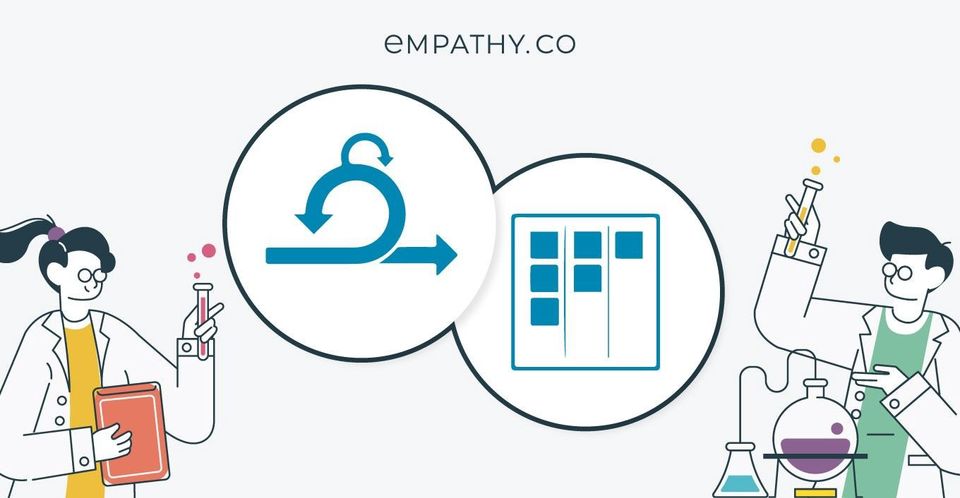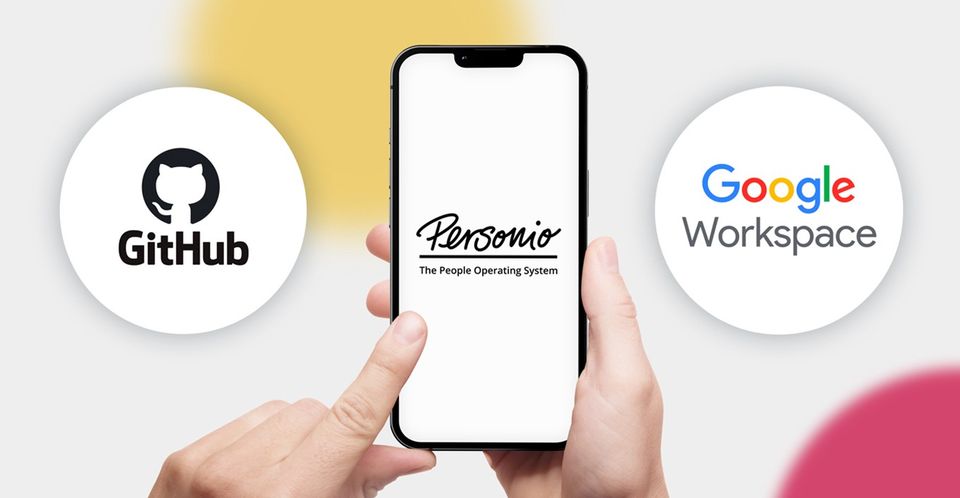Product Management that loves Customer Delivery
This is a story about experimentation and decision making, about software development, about Scrum and Kanban. It’s the long-term roadmap and urgent needs. It’s combining predictable tasks and unexpected events. It’s also team optimisation and cross-team satisfaction.(...)
Moving to a mono-repo: Part 2, The Destination
The adventure continues, diving deeper into Empathy.co’s experience moving to a
mono-repo to go open source with Interface X
[https://docs.empathy.co/develop-empathy-platform/build-search-ui/]. If you
haven’t read Part 1 [https://engineering.empathy.co/moving-to-a-mono-repo-1/] of
this blog series, start there for the challenges we faced.
Integrating Personio, GitHub & Google Workspace
Managing and protecting employee data in a company is critical. Automating user
management (processes of adding, removing, and updating users for employees)
helps this run even smoother. Human resources teams manage a company’s
employees, but normally they lack knowledge about how to improve this user
management process. This is
Cloud FinOps - Part 2: Tag Allocation Strategy
In the first post
[https://engineering.empathy.co/cloud-finops-part-1-principles/] of this
four-part series, we explored the Cloud FinOps principles and the key milestones
in the journey to start walking in FinOps:
* Tag Allocation Strategy
* Cost Report
* Usage Report
In this post, we’ll dig deeper into a crucial step in
Moving to a mono-repo: Part 1, The Journey
Often the journey can teach you a lot about your destination. For many years,
Empathy.co has been working on web frontend projects. Along the way, we’ve
created lots of libraries to solve different kinds of problems.
However, while we are happy to be able to reuse code between
Cloud FinOps, Part 1: Principles
FinOps, short for Cloud Financial Operations, helps teams optimise cloud costs
to get the most value for their projects. Teams adopt best practices and a
collaborative culture to manage cloud operations with greater financial
accountability: balancing cost, speed and quality.
When your teams have problems managing their cloud costs, following
Success story: From AWS EMR to Kubernetes
Motivation
This article is an overview of the path we followed to migrate Spark Workloads
to Kubernetes and to avoid EMR dependency. EMR was an important support tool at
Empathy.co [https://empathy.co/] to orchestrate Spark workloads, but once the
workloads became more complex, the use of EMR also



